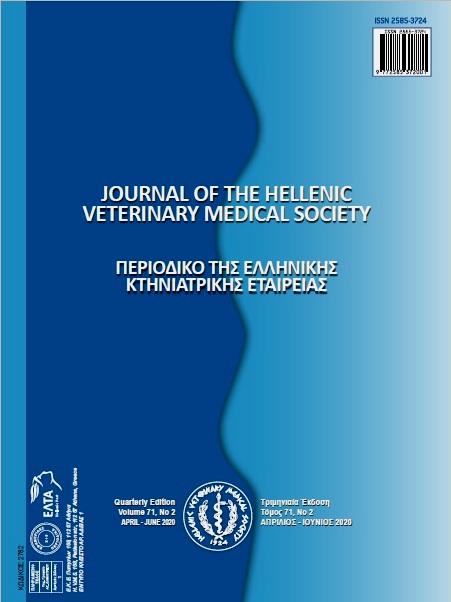Molecular characterization of Enterotoxigenic Escherichia coli isolates harboring genetic elements mediating multiple-drug resistance
Abstract
Intensive antibiotics’ use in the management of the disease in neonate calves, a major economic concern in bovine industry, is one of the contributors to high levels of antibiotic resistance of pathogenic bacteria. The objective of this study was to investigate the antibiotic resistance patterns and the frequency of integrons classes among Enterotoxigenic Escherichia coli (ETEC) strains isolated from neonatal calf diarrhea (NCD) in South of Iran. 412 recto-anal mucosal swabs from diarrheic calves were analyzed by biochemical fingerprinting and for virulence genes by polymerase chain reaction (PCR). The isolates were examined for their susceptibility to a panel of 8 antibacterial agents using the Kirby-Bauer disc diffusion method. Finally, the frequency of integron classes was detected in multi-drug resistant (MDR) strains by polymerase chain reaction restriction fragment length polymorphism (PCR- RFLP). 194 out of 412 (47.09%) diarrheic fecal samples harbored E. coli and 35 (18%) of them were identified as ETEC. The drug susceptibility test showed that all isolates were resistant to erythromycin, penicillin and trimethoprim/sulfamethoxazole and more than 80% were resistant to ampicillin and chloramphenicol. All isolates were MDR. 17 out of 35 (48.57%) isolates were identified possessed class 1 integron. High prevalence of class 1 integron in ETEC isolates was mainly associated with multidrug resistance. Cefixime was the most effective antibiotic in vitro.
Article Details
- How to Cite
-
KOHANSAL, M., NAJAFI, A., & VIDAL, R. (2020). Molecular characterization of Enterotoxigenic Escherichia coli isolates harboring genetic elements mediating multiple-drug resistance. Journal of the Hellenic Veterinary Medical Society, 71(2), 2193–2200. https://doi.org/10.12681/jhvms.24164
- Issue
- Vol. 71 No. 2 (2020)
- Section
- Research Articles

This work is licensed under a Creative Commons Attribution-NonCommercial 4.0 International License.
Authors who publish with this journal agree to the following terms:
· Authors retain copyright and grant the journal right of first publication with the work simultaneously licensed under a Creative Commons Attribution Non-Commercial License that allows others to share the work with an acknowledgement of the work's authorship and initial publication in this journal.
· Authors are able to enter into separate, additional contractual arrangements for the non-exclusive distribution of the journal's published version of the work (e.g. post it to an institutional repository or publish it in a book), with an acknowledgement of its initial publication in this journal.
· Authors are permitted and encouraged to post their work online (preferably in institutional repositories or on their website) prior to and during the submission process, as it can lead to productive exchanges, as well as earlier and greater citation of published work.



